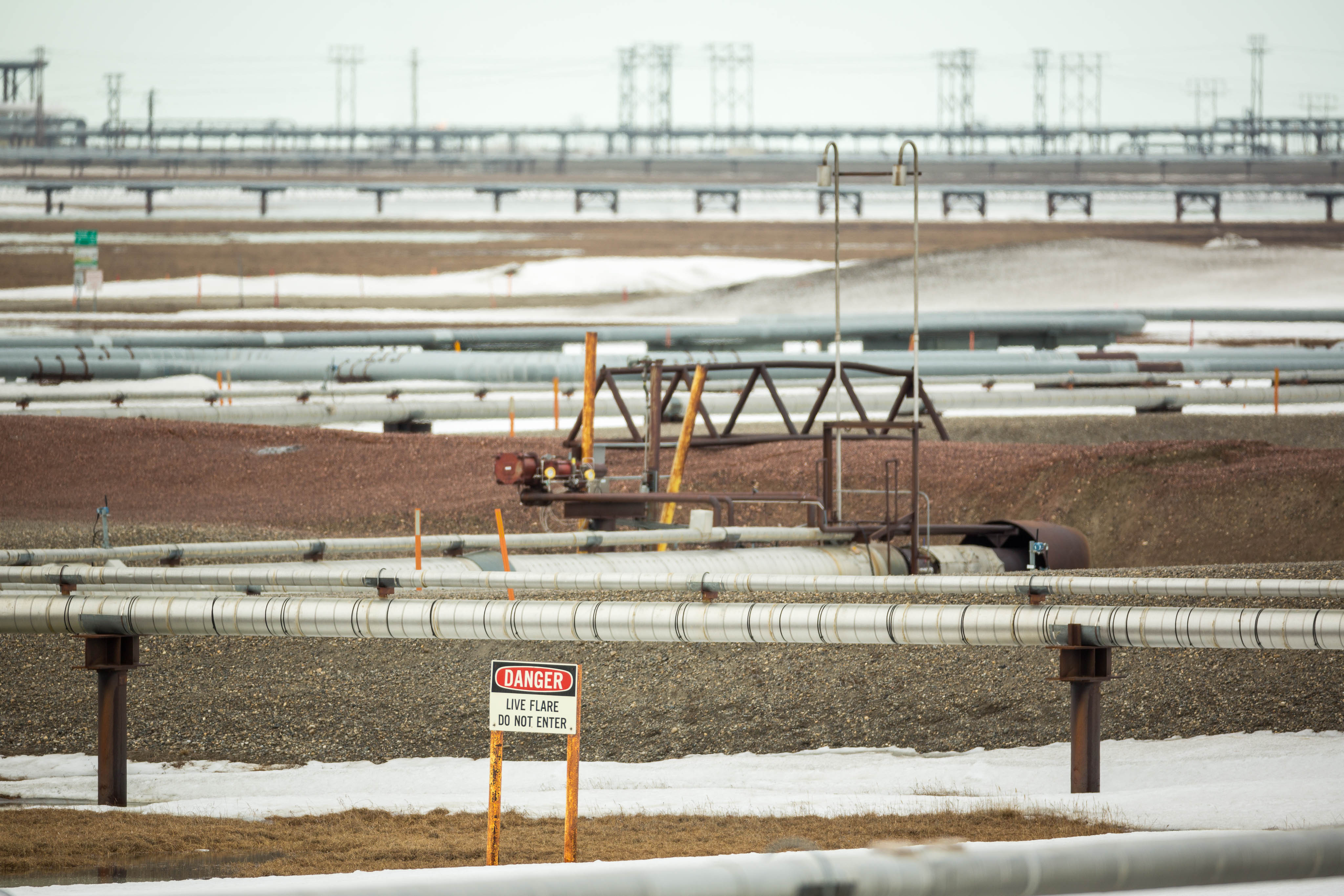After an April spill, Alaska oil regulators order North Slope producers to shut down wells with similar flawed design

Six months after an aged Prudhoe Bay well failed and spewed crude oil and natural gas, Alaska state regulators have ordered all North Slope producers to shut down any wells with a similar flawed design.
The Alaska Oil and Gas Conservation Commission made the demand in a series of orders issued on Monday.
The problem is a well design from the past that is inadequate for permafrost conditions, as demonstrated by the Prudhoe Bay field well that failed in April, said Cathy Foerster, an AOGCC commissioner.
The failure of that old Prudhoe Bay well caused a spray of oil over a section of gravel drill pad and a the release of an unknown amount of natural gas. The breach was detected on April 14, but the date of its start is unknown, according to state environmental regulators.
That well has been shut down and plugged by operator BP Exploration (Alaska) Inc. The company has since found and shut down 13 more Prudhoe wells with a similar design, Foerster said.
The problem well, which dates back to the early 1970s, the period before the trans-Alaska pipeline began operations, was built with an outer casing that had a base set directly in permafrost, Foerster said. Over the years, warm oil that flowed through well thawed the permafrost, causing the outer casing to sink, she said.
“It wants to move with what it’s attached to, and it’s attached to the permafrost,” she said.
Moving in the opposite direction were the well’s two inner casings, she said. Ultimately, the stress on the casings reached a threshold, causing the inner ones to spring up “like a slingshot,” knocking off a well valve and triggering the release of oil and gas, Foerster said.
The outer casing of the well had settled about 11 inches, and the inner part of the well sprang up 3 to 4 feet, according to the incident report filed by state environmental regulators.
The permafrost thaw was caused by the flow of warm oil and was unrelated to climate change, Foerster said.
This type of well design appears to have been used only in the early days of North Slope development and was abandoned later on, she said.
“Prduhoe was the first field up there developed. It was a testing ground,” she said.
If there are other wells of similar design, they would be in old North Slope fields like Kuparuk and Endicott, though those are not as old as the original Prudhoe Bay field.
It is likely that there are only a few wells similar to the one that failed in April, Foerster said. Still, all operators are required to examine their wells and fix shut in those that might fit the description, with all work to be done by Dec. 31.
“It’s possible that there will be zero wells,” she said. “Possible is not good enough.”
BP is evaluating the 14 wells that it has shut in to determine whether it is worthwhile to fix them and operate them again, Foerster said.